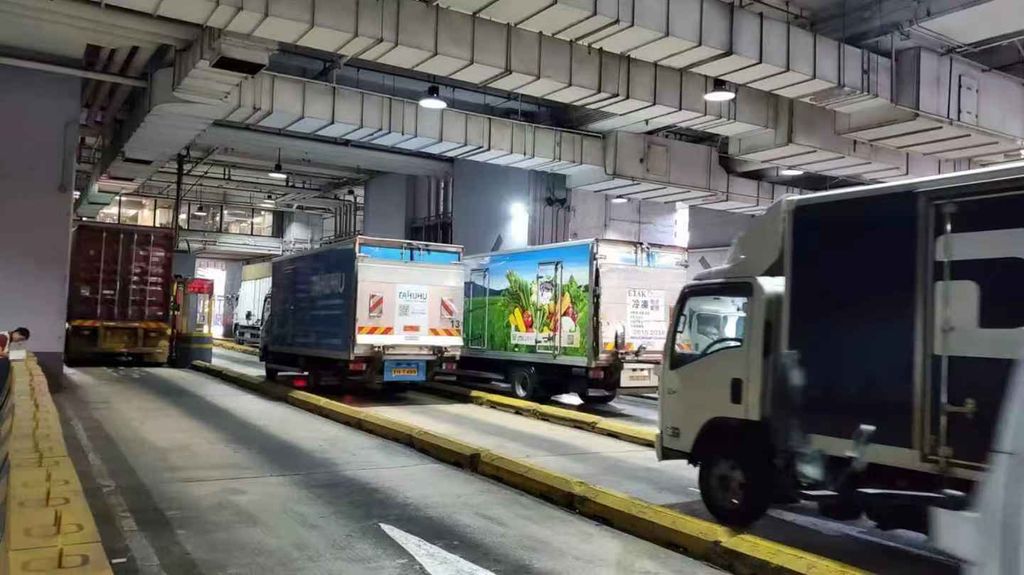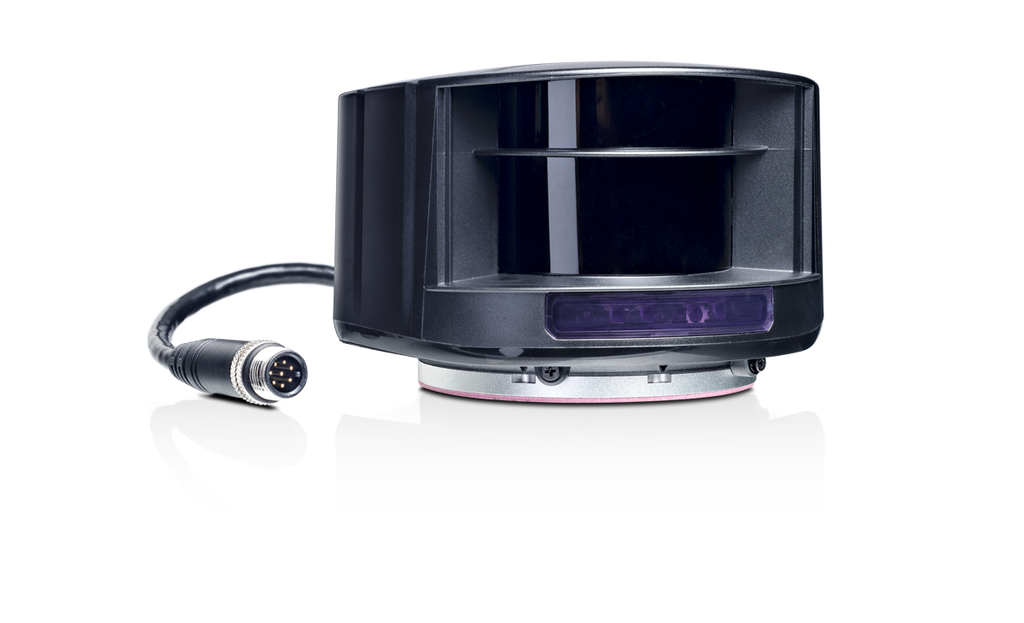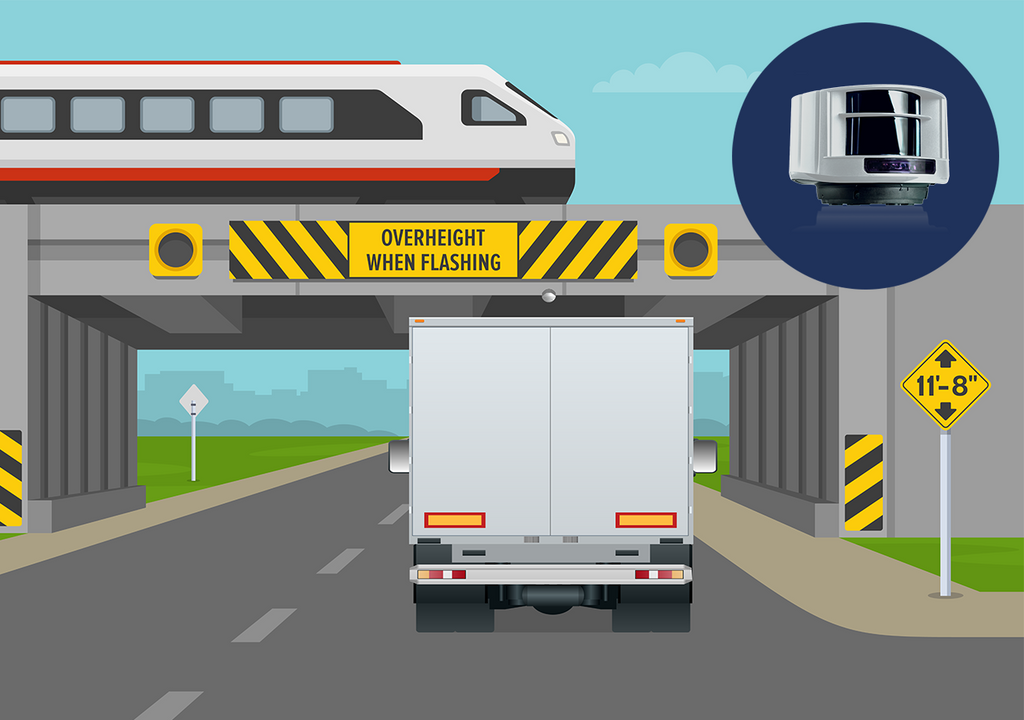The Hong Kong Port Terminal’s logistics center handles a daily surge of diverse vehicles. For decades, its parking fee system has relied on manual inspections to classify only three vehicle types. This approach proved inefficient, costly, and missed critical data insights.
Today, the terminal utilizes BEA’s LZR®-U921 laser scanner as the core component of its intelligent vehicle classification system. This upgraded solution not only increases the types of vehicles can be detected (over 20+), but also significantly enhances the accuracy of vehicle classification, which improves tolling efficiency but also provide real-time data analytics.
Key Challenges Before the Upgrade:
- Limited Vehicle Classification Capability and Low Accuracy: can only detect 3 vehicle types with low classification accuracy, including missed tailgating incidents and misclassification of complex vehicles due to manual inspection.
- No Data Insights: Lack of traffic analytics for operational, infrastructure, and traffic flow optimization.
- High Labor Costs & Low Efficiency: Manual classification was costly and inefficient, especially during peak hours.
The Breakthrough: Intelligent Vehicle Classification System
The LZR®-U921 laser scanner, integrated into a vehicle classification system, captures real-time 3D vehicle profiles. The laser scanners generate accurate point clouds of the vehicles, enabling automated charging by feeding classified data directly to the tolling backend.

With IP67 environmental toughness, the LZR®-U921 laser scanner withstands high temperatures, humidity, rain, snow, and fog, avoiding false detections in humid port and toll gate environments.
Benefits Brought by this Intelligent Vehicle Classification System
- High-precision Classification across Comprehensive Vehicle Types: The new system can detect various types of vehicles from sedans to reefers and multi-axle trucks, achieving 99.9% classification accuracy even in dense tailgating scenarios.
- Traffic Data Analytics: Archived traffic statistics guide fee adjustments and infrastructure planning.
- Lower Labor Costs & High Efficiency: Full automation replaces manual classification teams.
- High Reliability: Immune to humidity, salt fog, and torrential rain, crucial for port terminals.





